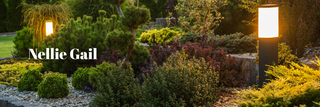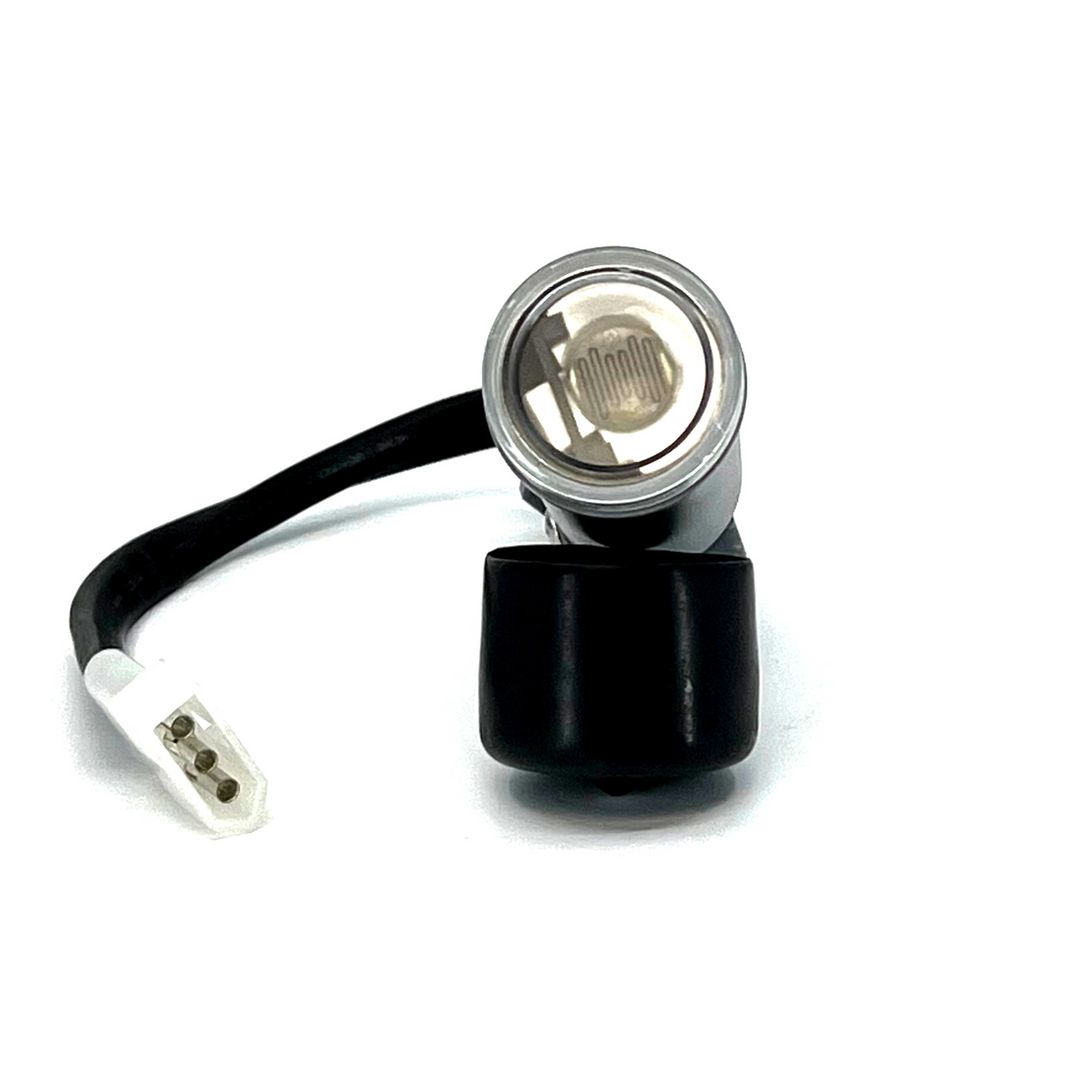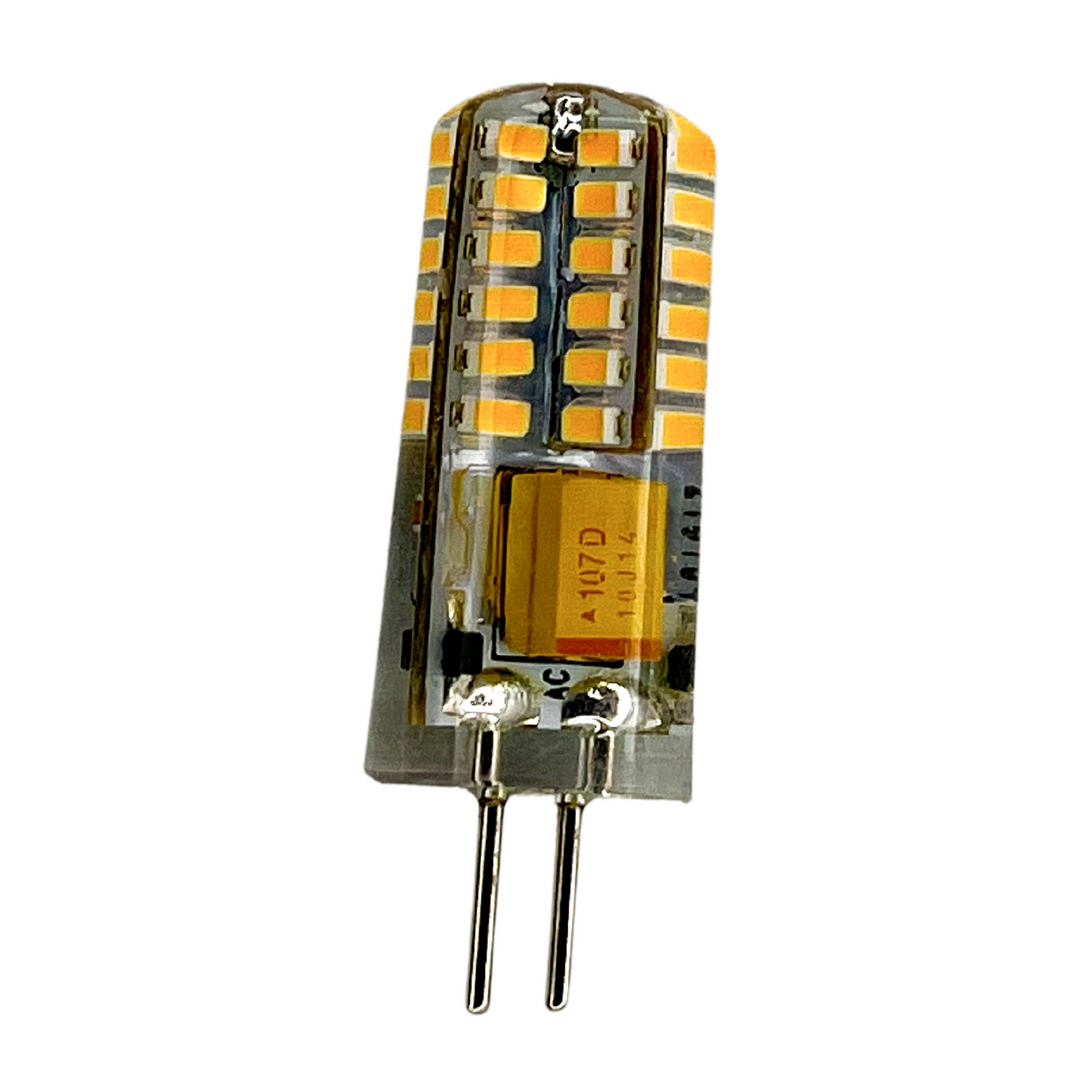
The Orange Glow: Changing Your Landscape with New Lighting
|
|
Time to read 6 min
Outdoor spaces have become essential extensions of our homes, serving as venues for relaxation, entertainment, and family gatherings. While landscaping plays a crucial role in enhancing these areas, the right lighting can truly transform your outdoor environment, adding both beauty and functionality. This blog delves into the transformative power of creative outdoor lighting solutions, exploring how strategically placed lights can enhance the beauty and functionality of any landscape—from gardens and pathways to patios and pools.
The Benefits of Landscape Lighting in Orange
Landscape lighting serves as a powerful tool in enhancing the aesthetic appeal of your outdoor spaces. By strategically placing lights, you can highlight architectural features, emphasize the textures of your landscape, and create an enchanting ambiance. Uplighting can draw attention to trees or sculptures, while downlighting can cast a soft glow on pathways or patios. Accent lighting can be used to create focal points, making your outdoor space not just functional but also visually stunning. The right type of Landscape Lighting in Orange, whether solar-powered, LED, or smart lighting, plays a crucial role in creating a warm, inviting ambiance while being energy-efficient and environmentally friendly.
Safety is a primary concern for any homeowner, and proper lighting plays a critical role in ensuring that your outdoor areas are secure. Illuminating walkways, driveways, and entry points can reduce the risk of trips and falls, especially at night. Additionally, well-lit areas are less attractive to potential intruders, making landscape lighting an effective deterrent against crime. The combination of functional and security lighting not only protects your home but also creates a welcoming environment for guests.
In areas like Orange County, where outdoor living spaces are highly prized, landscape lighting can significantly enhance the curb appeal of your home. A well-lit exterior makes your home stand out, increasing its overall attractiveness and making it more appealing to visitors. Energy-efficient lighting options, such as LED lights, further add value by reducing energy costs and aligning with environmentally conscious practices. When it comes to making your home more inviting and attractive, a beautifully illuminated exterior can be a key differentiator.
Choosing the Right Landscape Lighting for Your Home
Selecting the right type of lighting is essential to achieving the desired effect in your outdoor space. LED lights are popular for their energy efficiency, longevity, and bright, clear light. Solar-powered lights, while eco-friendly, may not provide the same level of illumination and can be less reliable. Smart lighting systems offer the convenience of remote control and automation, allowing you to adjust the lighting to suit different moods and occasions. Low-voltage lighting offers a middle ground, balancing energy efficiency with sufficient brightness. Each type has its advantages and is suited to different areas and purposes within your landscape, ensuring that your outdoor space is both beautiful and functional.
Your home’s architectural style should guide your choice of lighting fixtures. Modern homes may benefit from sleek, minimalist fixtures, while traditional homes might look best with ornate or classic designs. The finish of the fixtures is also important; bronze can add warmth and complement earth tones, while black or white finishes might be used to create contrast or enhance specific features. Choosing the right style ensures that your lighting enhances, rather than clashes with, your overall design aesthetic.
Practical Tips on Installation and Design
Installing landscape lighting requires careful planning and execution to ensure that the lighting is both effective and aesthetically pleasing. Here are some practical tips to help you get the most out of your outdoor lighting:
1. Plan Your Lighting Design: Start by assessing your outdoor space and identifying the areas you want to illuminate. Consider the function of each area—whether it’s for safety, ambiance, or highlighting specific features—and choose the appropriate type of lighting. Pathways, driveways, and entryways typically require brighter lights for safety, while gardens and patios can benefit from softer, ambient lighting.
2. Choose the Right Fixtures: Select fixtures that match the style of your home and are durable enough to withstand outdoor conditions. Look for weather-resistant materials like stainless steel or powder-coated aluminum, which can resist corrosion and last longer in harsh environments.
3. Consider Energy Efficiency: Opt for energy-efficient lighting options like LED or solar-powered lights to reduce your energy consumption and lower your utility bills. LED lights, in particular, are known for their longevity and low energy use, making them an excellent choice for outdoor lighting.
4. Use Layered Lighting: Create depth and visual interest by layering different types of lighting. Combine uplights, downlights, and accent lights to highlight various features of your landscape. For example, use uplights to emphasize tall trees or architectural details, and place downlights along pathways and patios to create a warm, inviting glow.
5. Focus on Safety: Ensure that all wiring is properly concealed and that fixtures are securely installed to prevent accidents. If you’re not experienced in electrical work, it’s best to hire a professional to handle the installation to ensure it meets safety standards.
The Importance of Professional Design and Installation
While it may be tempting to handle landscape lighting as a DIY project, professional design can elevate your outdoor space to a new level. A professional lighting designer can create a cohesive plan that considers the unique aspects of your landscape, such as the layout, vegetation, and architectural features. They will tailor the lighting to your needs, ensuring that each fixture is placed for maximum impact and that the lighting design complements your home’s existing elements.
Professional installation is crucial not only for the aesthetic outcome but also for safety. Incorrectly installed lighting can lead to electrical hazards or uneven illumination. Professionals ensure that wiring is properly concealed, fixtures are securely installed, and the overall system complies with safety regulations. This attention to detail ensures that your lighting system is both beautiful and reliable, reducing the risk of future problems and the need for costly repairs.
Common Mistakes to Avoid in Landscape Lighting
One of the most common mistakes in landscape lighting is over-lighting, which can create a harsh, uninviting environment. The key is to use lighting strategically to enhance, rather than overwhelm, your space. Subtle lighting, such as low-wattage bulbs and carefully placed fixtures, can create a warm, inviting ambiance that highlights the beauty of your landscape without turning your yard into a floodlit area.
Consistency is key in creating a harmonious outdoor lighting scheme. Using mismatched fixtures or styles can disrupt the visual flow of your landscape. It’s important to maintain a consistent theme throughout, whether that means using similar fixtures or keeping within a certain color palette. This consistency helps create a unified look that enhances your landscape’s aesthetic appeal.
Even the best lighting systems require regular maintenance to stay in top condition. Neglecting maintenance can lead to issues such as burnt-out bulbs, corroded fixtures, or damaged wiring. Regularly cleaning fixtures, checking connections, and replacing bulbs as needed will keep your lighting system looking its best and functioning properly. Simple maintenance tasks can prevent small issues from becoming major problems, ensuring your landscape remains beautifully illuminated year-round.
Exploring the Latest Trends in Landscape Lighting
Smart lighting systems are one of the most exciting trends in landscape lighting. These systems allow you to control your outdoor lights remotely via smartphone apps, offering convenience and customization. You can adjust the brightness, set timers, and even change the color of your lights to match the mood or occasion. Smart lighting not only enhances the functionality of your outdoor space but also adds a touch of modern sophistication.
Color-changing LED lights are another popular trend, allowing homeowners to create dynamic and customizable lighting effects. These lights can be programmed to change colors based on the time of day, season, or specific events, providing a versatile and visually striking addition to your landscape. Whether you want to create a festive atmosphere for a holiday or a serene ambiance for a quiet evening, color-changing LEDs offer endless possibilities.
As homeowners become more environmentally conscious, energy-efficient lighting solutions continue to gain popularity. LED and low-voltage lighting systems are leading the way, offering significant reductions in energy consumption without sacrificing brightness or quality. These systems not only help reduce your carbon footprint but also lower your utility bills, making them a smart choice for both your wallet and the planet.
Final Thoughts
Landscape lighting is more than just a practical addition to your outdoor space; it’s a transformative element that can enhance the beauty, safety, and appeal of your home. By choosing the right lighting, avoiding common pitfalls, and embracing the latest trends, you can create an outdoor environment that is as inviting as it is functional. Whether you opt for a simple, elegant design or a high-tech lighting system, the right landscape lighting will illuminate your home’s best features and make












